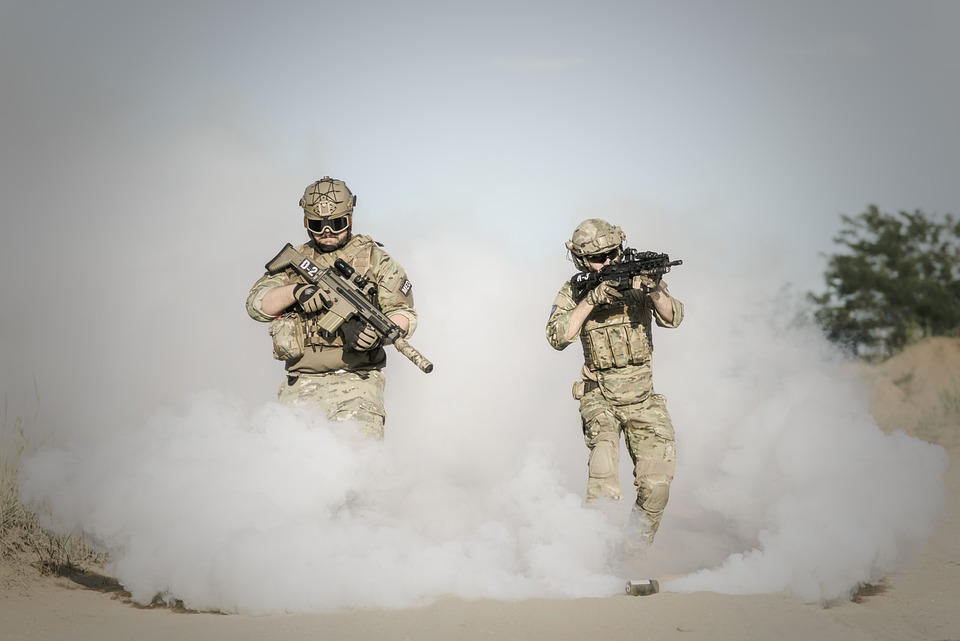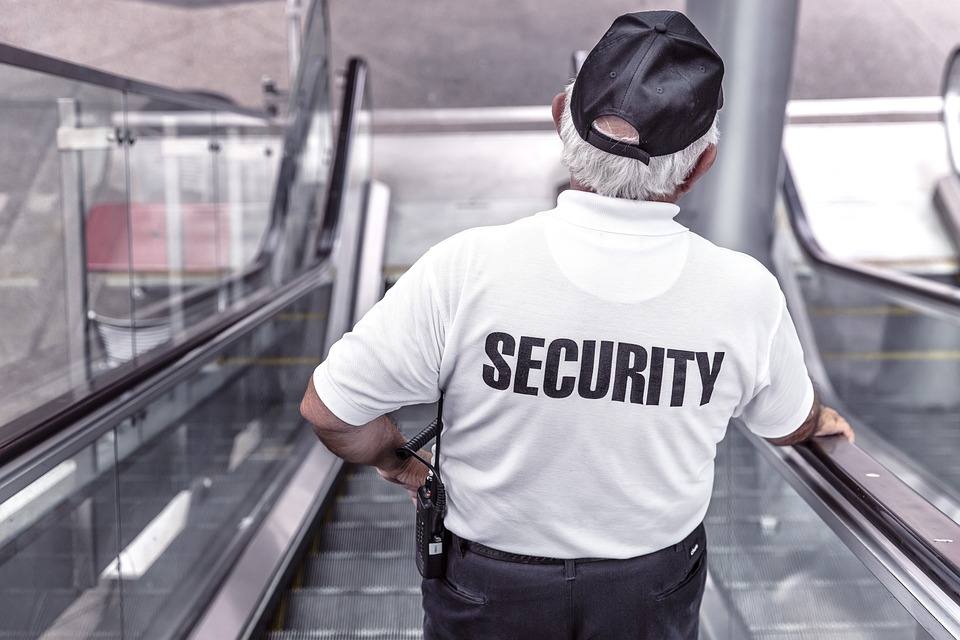Physical security is an important part of any business’s security plan. It is the practice of protecting people, property, and information from physical threats such as theft, vandalism, and natural disasters. Physical security measures can include locks, alarms, surveillance cameras, and access control systems.
Physical security is important for businesses of all sizes. It helps to protect valuable assets, such as equipment, data, and money. It also helps to deter criminals and protect employees and customers. Physical security measures can also help to reduce the risk of liability in the event of a security breach.
Businesses should take a comprehensive approach to physical security. This includes assessing the risks and vulnerabilities of the business, implementing appropriate security measures, and regularly monitoring and testing the security system.
Businesses should start by assessing the risks and vulnerabilities of their premises. This includes identifying potential threats, such as theft, vandalism, and natural disasters. Businesses should also consider the type of security measures that are needed to protect their premises. This could include locks, alarms, surveillance cameras, and access control systems.
Once the risks and vulnerabilities have been identified, businesses should implement appropriate security measures. This could include installing locks, alarms, and surveillance cameras. Businesses should also consider implementing access control systems, such as key cards or biometric scanners.
Businesses should also regularly monitor and test their security systems. This includes testing the locks, alarms, and surveillance cameras to ensure they are working properly. Businesses should also test their access control systems to ensure they are secure.
Physical security is an important part of any business’s security plan. It helps to protect valuable assets, deter criminals, and protect employees and customers. Businesses should take a comprehensive approach to physical security, including assessing the risks and vulnerabilities of their premises, implementing appropriate security measures, and regularly monitoring and testing their security systems.























